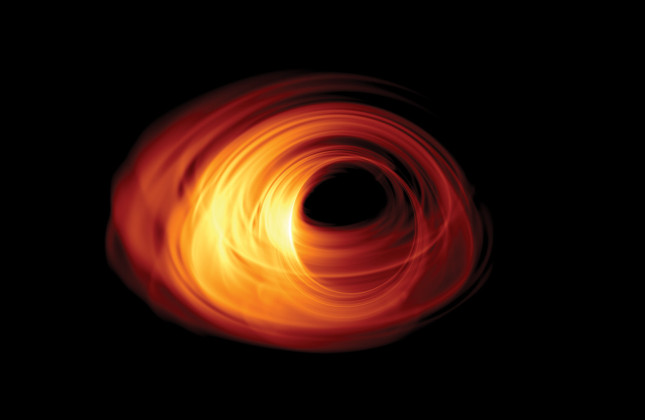Pint of Science: Black holes - capturing the void (Nijmegen, Engelstalig)

Op 20 mei vormt café-restaurant Trianon in Nijmegen het decor voor een 'pint of science' over zwarte gaten. Het evenement is in het Engels.
The first photograph of a black hole has been taken. How did we do that? And how would a black hole look like up close? This night it’s all about black holes. Astronomers Raquel Fraga-Encinas and Daniël Kok from Radboud University dive into the most fascinating and mysterious celestial bodies of the universe.
Raquel Fraga-Encinas is a PhD Candidate in the Astrophysics Department at Radboud University Nijmegen. She is part of the team that captured the first image of a black hole. In Raquel's words: "I am an astrophysicist and data scientist. I investigate the properties of Sargittarius A*, the supermassive black hole at the center of our own galaxy. My work consists of running computer simulations to understand the physics of the hot gas orbiting around this black hole. I also calibrate, analyze and visualize data from astronomical observations of Sargittarius A* made using radio telescopes."
Daniël Kok is a master's student in the Astrophysics Department at Radboud University Nijmegen. He is part of a team that built a virtual reality (VR) simulation of a black hole, which you can enjoy in the video below.
More information and tickets